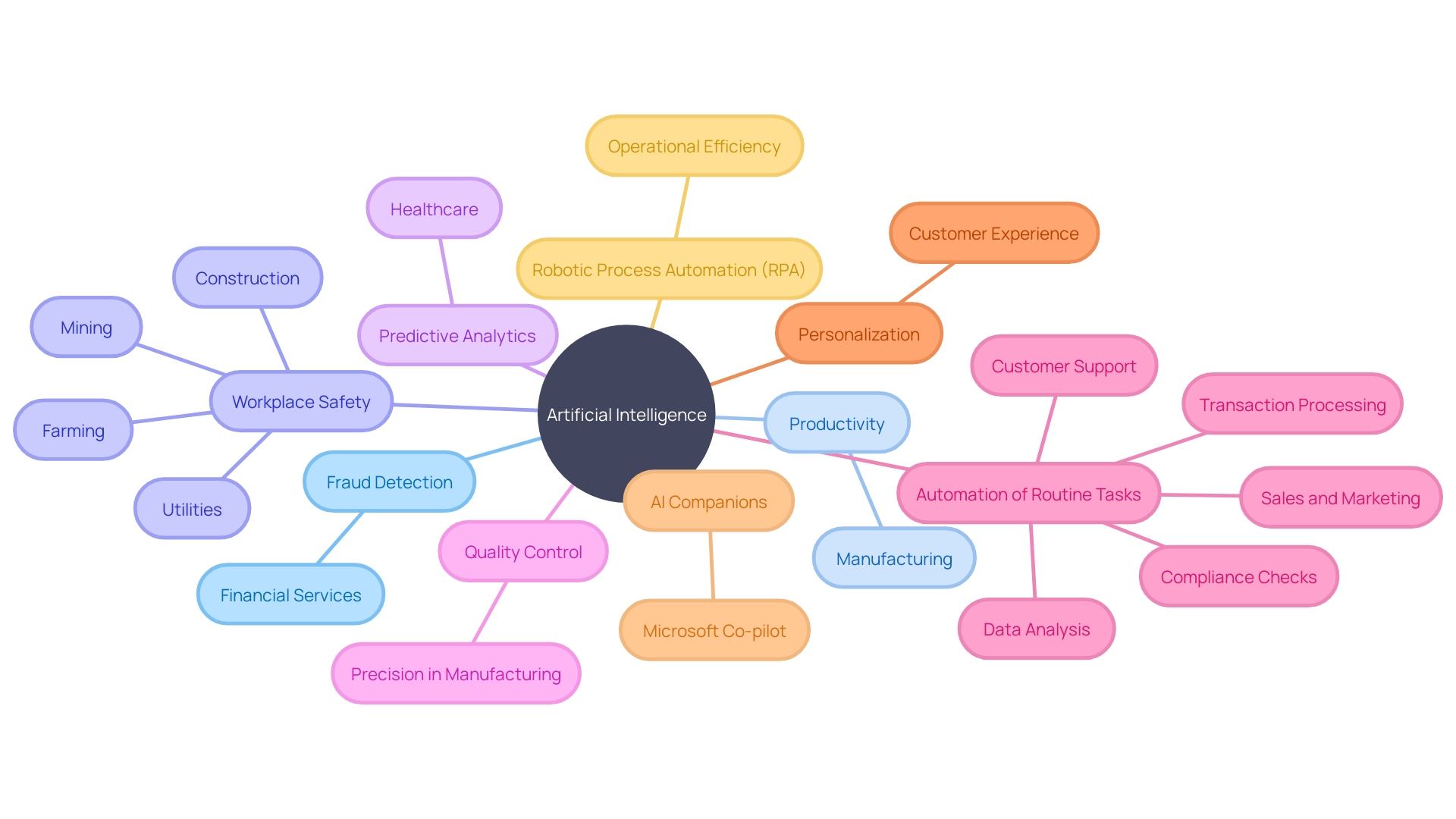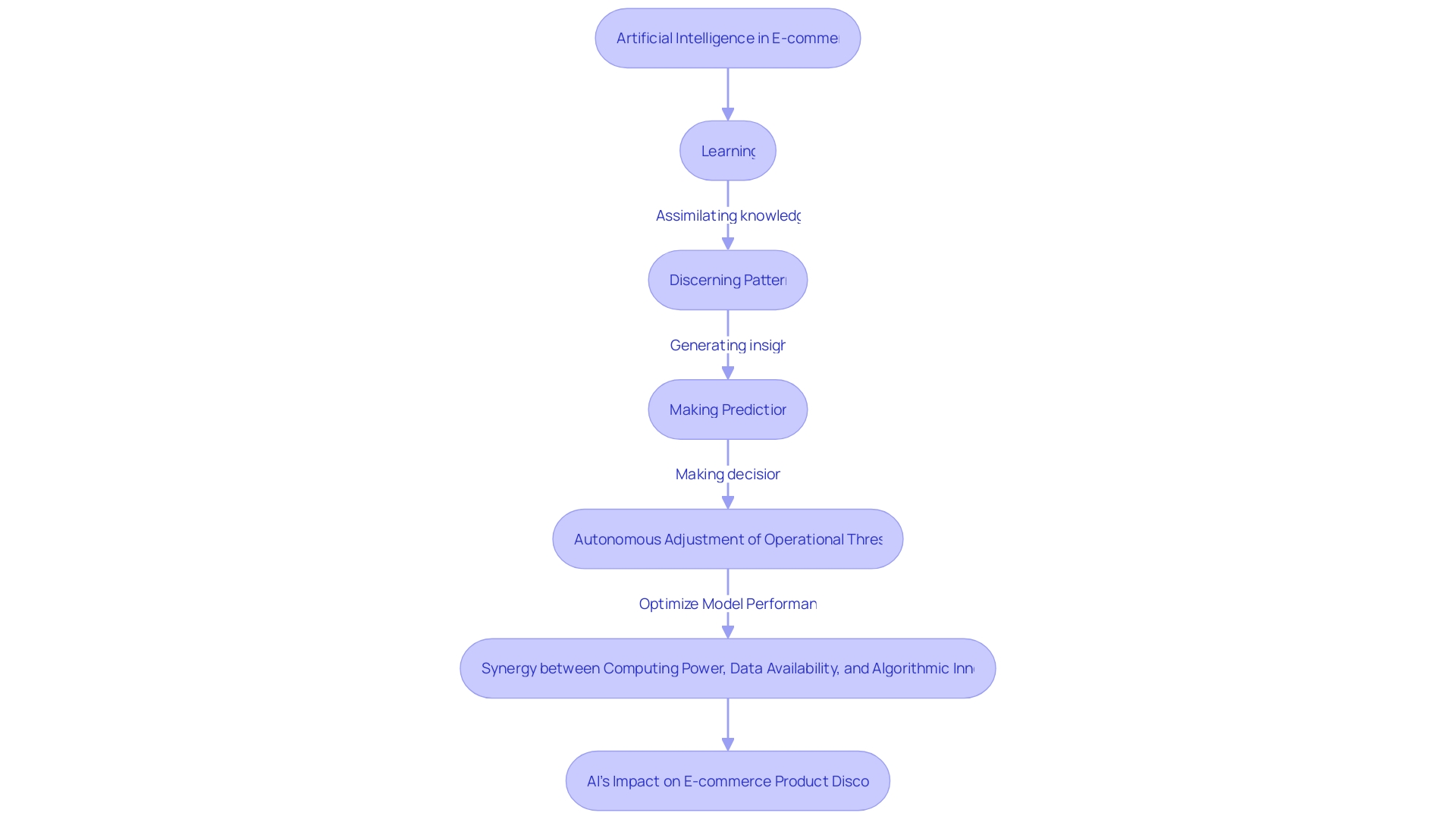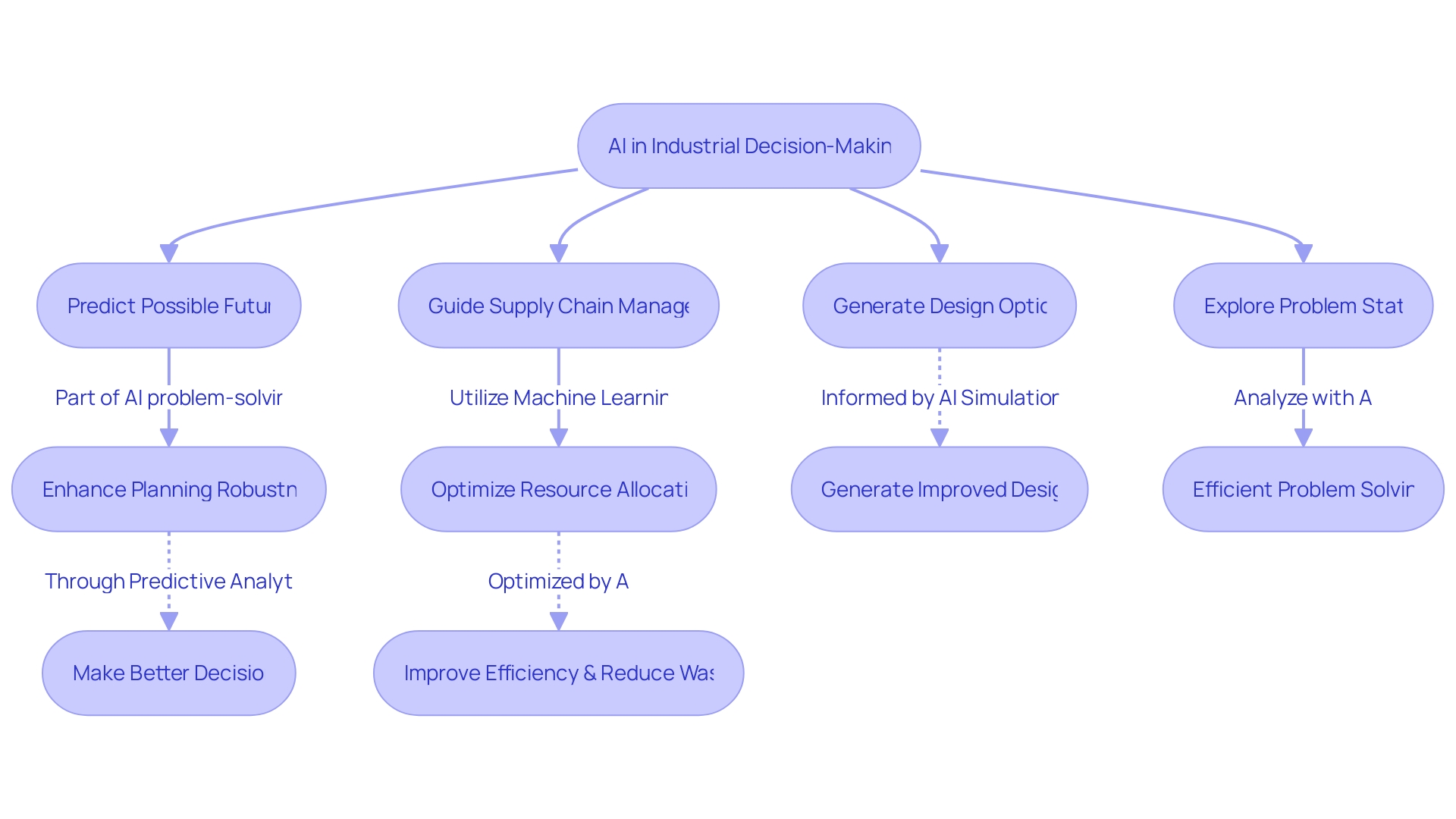Introduction
Artificial Intelligence (AI) is revolutionizing industries across the globe, from financial services to manufacturing, healthcare to e-commerce. Its applications are vast and diverse, reshaping business operations and improving efficiency. In this article, we will explore the different components of AI and how they contribute to its success.
We will delve into AI's capacity for learning, its reasoning and decision-making abilities, its problem-solving prowess, and its perception of the world. By understanding these fundamental aspects of AI, we can gain insight into its potential and the impact it has on various sectors. So let's dive in and explore the fascinating world of Artificial Intelligence.
The Basic Components of Artificial Intelligence
Artificial Intelligence (AI) is not merely a futuristic concept, but a practical tool reshaping industries today. For instance, in financial services, Ai's prowess is showcased through Walles.Ai's fraud detection algorithms.
These systems sift through vast datasets to identify irregular patterns and prevent fraudulent transactions, leading to a substantial decrease in fraud and strengthened customer trust. Similarly, the manufacturing sector benefits from AI through enhanced employee productivity.
By analyzing machine performance and workflow, AI identifies bottlenecks and optimizes processes, resulting in improved production efficiency and increased profitability. Beyond these, Ai's impact is evident in its contribution to workplace safety across industries like construction and utilities by analyzing sensor data to recommend preventative actions.
In healthcare, predictive analytics forecast patient needs, enabling better care and resource management. Moreover, Ai's role in quality control revolutionizes manufacturers' ability to assure product quality with greater speed and precision. Lastly, Ai's ability to automate routine tasks and provide analytical insights is epitomized by tools like Microsoft Co-pilot, which liberates human talent for more strategic endeavors. As AI continues to evolve, it's clear that its applications are diverse and its potential, vast. From enhancing safety protocols to streamlining production and detecting fraud, AI is an indispensable asset in modern business operations.

Learning
Artificial Intelligence's capacity for learning is what truly propels its utility in e-commerce product discovery, allowing systems to assimilate knowledge and refine their capabilities continuously. As machine learning algorithms digest vast data sets, they are not merely following a static program but are actively discerning patterns and generating insights that inform their predictions and decisions.
The transformative power of these algorithms is evidenced by their ability to autonomously adjust operational thresholds to optimize model performance, ensuring they meet precise precision or recall specifications crucial in e-commerce settings. In the realm of language modeling, AI's algorithmic evolution is particularly striking.
The computational efficiency required to achieve certain performance levels has been cut in half approximately every 8 months. This rapid advancement outstrips the historic pace of Moore's Law, suggesting that the majority of progress has stemmed from enhanced computing power and data availability.
Yet, the contribution of novel algorithmic designs cannot be overlooked, accounting for up to 40% of the improvements. This synergy of computational growth and algorithmic innovation is crafting an AI landscape where the black box of current models—opaque in how they yield results—is being challenged. The quest for more interpretable and less training-intensive AI is underway, promising more transparent and reliable outcomes in e-commerce product discovery. As Ai's capabilities surge, as seen in the latest language models' performance, the future of e-commerce product discovery seems poised to become even more adaptive and personalized, much to the benefit of both businesses and consumers alike.

Reasoning and Decision Making
The intricacies of AI in reasoning and decision-making are exemplified by its ability to navigate complex scenarios, much like detectives sifting through evidence in a murder case or doctors diagnosing a patient's symptoms. AI systems employ various forms of reasoning—deductive, inductive, and abductive—to analyze data and generate plausible solutions.
Deductive reasoning ensures that if the given premises are true, the conclusion is guaranteed, whereas inductive reasoning allows for generalizations from specific instances. More creatively, abductive reasoning shines in medical diagnostics, as it involves formulating and evaluating hypotheses against the evidence at hand.
The dynamic field of AI reasoning is further highlighted by recent research involving the AI language model GPT-3. Astonishingly paralleling the analogical reasoning skills of college undergraduates on standardized tests, GPT-3's performance raises compelling questions about the nature of AI cognition.
Despite its successes, GPT-3 also showcases limitations, such as struggling with tasks that humans find trivial, like using tools. In the realm of learning and adaptation, AI systems must be designed to incorporate new information and revise previous conclusions, a concept known as defeasibility. This is crucial for applications where the cost of error is high. As AI continues to evolve, investing in human-machine interfaces becomes imperative to augment human intelligence and ensure ethical considerations are met, such as cybersecurity and data privacy. Ultimately, the goal is to achieve an AI that not only excels in logical planning but also masters intuitive understanding—a formidable combination that could lead to groundbreaking advancements or, conversely, significant risks.
Problem Solving
Ai's prowess in problem-solving is becoming increasingly evident in various sectors, particularly in complex industrial scenarios. For instance, AI simulations are now able to predict the multitude of possible futures for an organization, offering optimal supply chain plans.
As Michel Morvan of Cosmo Tech highlights, AI simulation platforms guide supply chain managers through complex decisions, providing insight into the impact of those decisions on the supply chain's future performance. This capability to automatically identify the best trade-offs for objectives like profitability and CO2 emission reduction is revolutionizing decision-making in intricate systems previously shrouded in unpredictability.
Moreover, tools like the Optioneer AI-powered engine exemplify how AI can generate numerous viable design options swiftly and cost-effectively, a task that Andreas Malekos notes is particularly valuable for large projects like power line construction. The engine's success draws on a diverse array of expertise, from mechanical and electrical engineering to computational physics.
This interdisciplinary approach enables the rapid exploration and evaluation of potential solutions, ensuring decision-makers are well-equipped to make informed choices. The concept of state space search is central to this process, where AI examines possible states of a problem to reach a desired goal state. AI employs production rules to navigate through these states, each representing a unique problem configuration, as seen in the Water Jug Problem. Such rules dictate the transitions between states, leveraging operations like filling, emptying, or transferring contents between containers. This methodical exploration of possibilities by AI not only aids in solving problems but also enhances planning robustness and resource allocation, as machine learning algorithms draw on historical data to predict future demands and trends.

Perception
AI perception, the faculty allowing systems to interpret the world via sensory data, is advancing, but challenges remain. A recent study by MIT's David Mayo highlights a gap in our understanding of image recognition.
Mayo introduced the 'minimum viewing time' (MVT) metric, which assesses image recognition difficulty based on the duration a person requires to identify an image accurately. This research revealed that standard datasets like ImageNet and ObjectNet are biased towards images with shorter MVTs, suggesting that AI models trained on these datasets may not be well-equipped to handle more complex visual tasks that humans can manage effortlessly.
This insight is crucial, as real-world applications often present scenarios far more challenging than those found in current datasets. As AI continues to permeate various sectors, including self-driving cars and voice assistants, it's imperative to develop models that can adapt and perform under diverse and unpredictable conditions. Embracing this complexity and striving for models that can match human-level perception will be a significant milestone in the journey of AI. These developments, part of the dynamic AI landscape, underscore the importance of aligning AI capabilities with the nuanced intricacies of human cognition.

Conclusion
In conclusion, Artificial Intelligence (AI) is reshaping industries worldwide, improving efficiency and transforming operations. Its applications span finance, manufacturing, healthcare, and more. AI's capacity for learning drives continuous improvement in e-commerce product discovery.
Machine learning algorithms analyze vast datasets, generating insights and optimizing performance. Reasoning and decision-making are critical to AI's success. Deductive, inductive, and abductive reasoning enable data analysis and solution generation.
Efforts are underway to develop more interpretable and efficient AI systems. AI's problem-solving capabilities revolutionize complex industrial scenarios. Simulations optimize supply chain plans, while tools like the Optioneer engine generate swift design options for large projects.
Perception is advancing in AI, allowing systems to interpret sensory data. Challenges remain in developing models that handle complex visual tasks under diverse conditions. AI's impact is profound across sectors.
It enhances fraud detection in finance, improves productivity in manufacturing, ensures workplace safety, enables better healthcare management, revolutionizes quality control processes, automates tasks, and provides analytical insights. As AI evolves with its fundamental components driving success, understanding its potential becomes crucial for businesses and society as a whole. Harnessing AI's transformative power can lead to significant advancements and benefits.
Discover the transformative power of AI for your business today!





